Thanks to that, the poverty rate in the area is decreasing, many sustainable production models appear and spread.
Sao Sao is one of the remote and difficult villages of Thuong Quan commune, Ngan Son district. More than 50 households, mainly H'Mong ethnic people, have struggled with hardship and poverty for many years because their main production is corn, with little rice but low productivity. With the support and guidance of the province and district, the lives of Sao Sao people have now changed a lot. Sung Van Phung's family was supported with a breeding cow. After a period of raising cows, his family now has five cows.
Thanks to technical guidance, Mr. Phung planted more pine forests on the allocated land with an area of 4 hectares, and has now started harvesting pine resin. From this new livelihood, his family has risen out of poverty and also supported other households. According to Sao Sao Village Chief Linh Van Minh, the village has received support from many national target programs, helping people with trees, seeds, and techniques. Thanks to the support and sustainable livelihood, up to now, Sao Sao has had 10 households build solid houses, use the national grid, and people's lives have improved.
The capital from the national target program for sustainable poverty reduction has contributed to changing the appearance and life of villages and hamlets that used to have many difficulties in Bac Kan . In Tan Lap commune, a remote and difficult commune of Cho Don district, in 2024, more than 460 million VND was invested from the program's capital to implement a project to raise indigenous pigs with 36 participating households. In addition, thanks to many other resources, Tan Lap has implemented models to select and develop Mong chicken breeds; restore specialty sticky rice...
With these investments, the commune has an average income of 31 million VND/person/year, the poverty rate has gradually decreased. In addition to supporting resources, Bac Kan province also focuses on vocational training for people to know how to use and promote the effectiveness of the supported resources. From the capital of the national target program for socio -economic development of ethnic minority and mountainous areas, Bac Kan has organized more than 350 vocational training classes for more than 12,000 people.
The industries that are focused on training are animal husbandry, tea cultivation, and medicinal plant cultivation and processing. After being trained, workers have proactively expanded their production scale, applied science and technology to production, helping to increase their income. People in disadvantaged areas and ethnic minority areas have also received attention from Bac Kan province in investing in improving infrastructure to serve economic development. In early May, the Provincial People's Committee approved a project to support a green circular economy through improving the agricultural value chain in Bac Kan from capital funded by the Korean Government, through the Korea International Cooperation Agency (KOICA).
The project has a total capital of more than 288 billion VND, and will invest in three components, including: strengthening production and distribution infrastructure; promoting product processing; expanding market access. According to the People's Committee of Bac Kan province, from the capital source of the national target program for socio-economic development in ethnic minority and mountainous areas, in 2024, the whole province will invest in the construction of 312 essential infrastructure works, such as: roads, radio stations, community centers, schools, irrigation works, etc. In 2025, the province will continue to invest in the construction of 390 more works. To implement the national target program for sustainable poverty reduction, in 2024, the province has synchronously deployed solutions according to the motto "leaving no one behind".
The poor have increasingly more access to basic social services; they are trained and oriented towards careers linked to production practices, creating sustainable livelihoods. According to statistics, up to now, the whole province has more than 6,000 poor, near-poor and newly escaped poverty households participating in production development support projects in the fields of cultivation and animal husbandry; more than 12,000 people have been provided with information, advice and employment support; 1,729 poor and near-poor households have been supported to build new and repair houses; nearly 15,000 poor, near-poor and newly escaped poverty households have been able to borrow preferential credit to develop the economy, produce and do business, build houses, and work abroad under contracts; 100% of social policy beneficiaries have been granted health insurance cards; tens of thousands of poor and near-poor people have been provided with legal aid; Hundreds of thousands of students from poor and near-poor households are supported with tuition exemptions and reductions, and support for study costs...
Thanks to diversifying models, in 2024, Bac Kan province reduced 2.49% of poor households according to the multidimensional poverty standard (from 21.95% to 19.46%), exceeding the set plan. Poor districts reduced the poverty rate by 4.17% (from 46.61% to 42.44%), achieving the set target; the poverty rate of ethnic minorities decreased by 3.38% (from 24.49% to 21.11%), achieving the set plan... According to the 2025 plan, Bac Kan province strives to reduce the poverty rate by an average of 2 to 2.5% per year according to the multidimensional poverty standard for the period 2022-2025; in which, the poverty rate in the districts decreased by an average of 4 to 5% or more, the poverty rate of ethnic minorities decreased by over 3% per year.
To realize this goal, Bac Kan focuses on investing in 32 infrastructure projects in poor districts; supporting the implementation of about 80 poverty reduction projects and models; implementing about 40 production development models and projects in the agricultural sector; supporting investment in facilities and training equipment for vocational training institutions; supporting start-ups and job creation for workers; vocational training for workers from poor, near-poor and newly escaped-poverty households.
Source: https://nhandan.vn/da-dang-hoa-mo-hinh-giam-ngheo-o-bac-kan-post883571.html








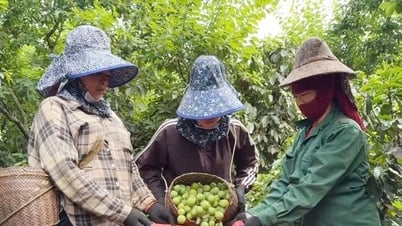

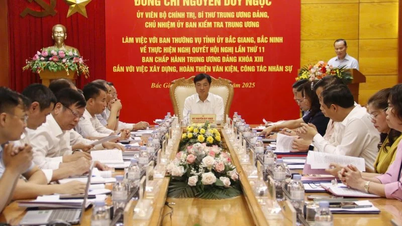
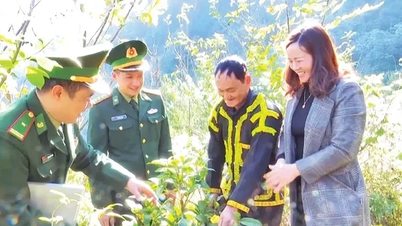

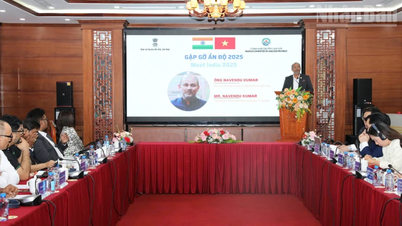
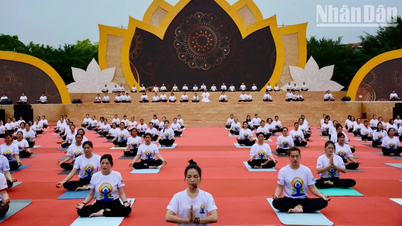








![[Photo] Warm cultural exchange program between Vietnamese and Chinese women and children](https://vphoto.vietnam.vn/thumb/402x226/vietnam/resource/IMAGE/2025/5/31/d1a2416767494e1e8af631b8bb8cb16f)
![[Photo] Crane falls on container truck and car at traffic construction site](https://vphoto.vietnam.vn/thumb/402x226/vietnam/resource/IMAGE/2025/5/31/a8d3ae08da324cfe8ee406174c0eacc4)



































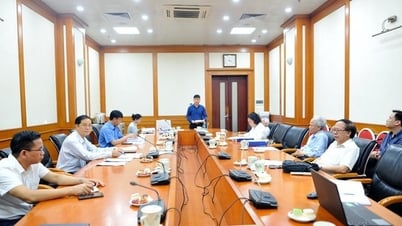









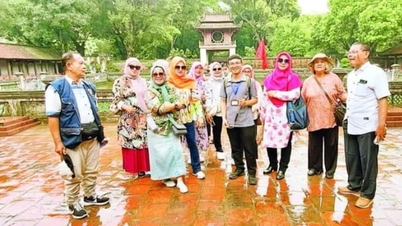

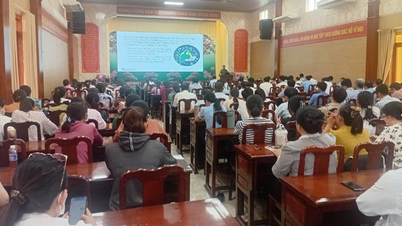
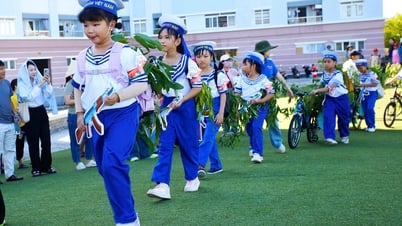

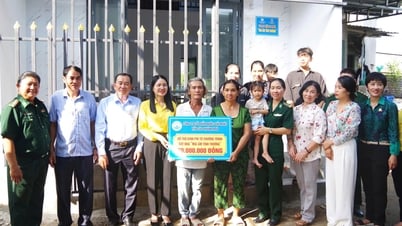
















Comment (0)